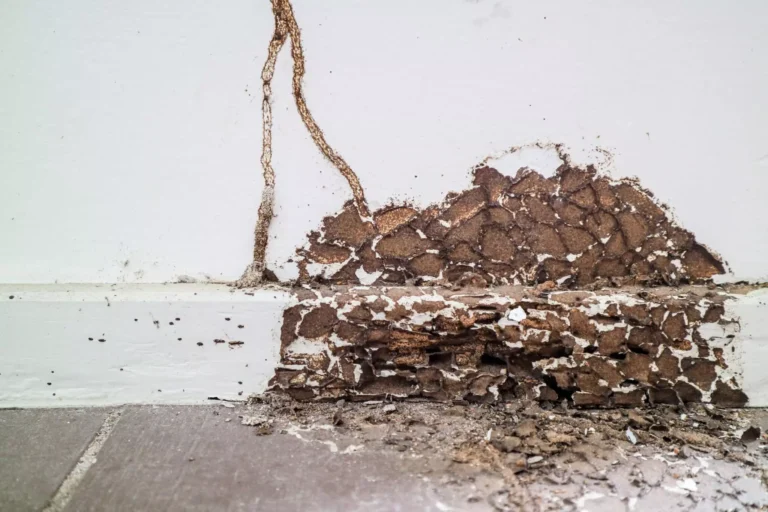Termite infestations can cause significant damage to the structure of your home if left unchecked.
Addressing termite issues promptly is crucial to prevent extensive and costly repairs.
Recognizing Termite Infestations
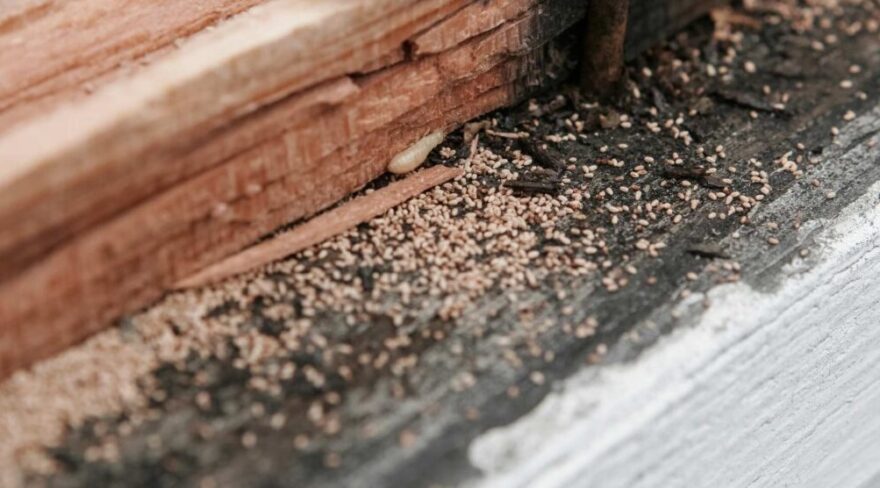
Recognizing the early signs of a termite infestation can save you time and money. Termites can be stealthy, so knowing what to look for is essential.
Signs of Termites in Walls:
- Faint Lines:
- Termites build highway tubes on walls, which appear as faint lines.
- These tubes provide them with a protected route from their nests to food sources.
- Small Pinholes:
- These are the entry and exit points termites use to access the inside of your walls.
- They might be hard to notice initially but become more evident over time.
- Baseboard Damage:
- Termites often target baseboards, resulting in shredding or stripping. This damage can be a clear indicator of their presence.
- Hollow Sound:
- Tapping on a wall and hearing a hollow sound indicates that termites might have hollowed out the wood inside.
- Paint Damage:
- Bubbling or peeling paint can signify termite activity beneath the surface.
- Structural Issues:
- Over time, termite damage can weaken walls, causing structural issues that can compromise the safety of your home.
Additional Signs:
- Mud Tubes:
- Subterranean termites build mud tubes to travel between their nest and food sources.
- These tubes are often found near the foundation of a house.
- Termite Dust:
- This dark, pepper-like dust near the base of walls is a byproduct of termite activity.
- Wood Trim Damage:
- Look for faint lines on wood trim, which indicate termite tunnels.
- Shifted Foundation:
- Cracks above doors and windows can be a sign of termite damage to the foundation.
- Termite Fumigation:
- In cases of severe infestations, termite fumigation might be necessary.
- This process involves sealing your home and filling it with gas to eliminate termites completely.
- It’s a comprehensive solution that ensures all termites within the structure are eradicated.
DIY Termite Control Methods
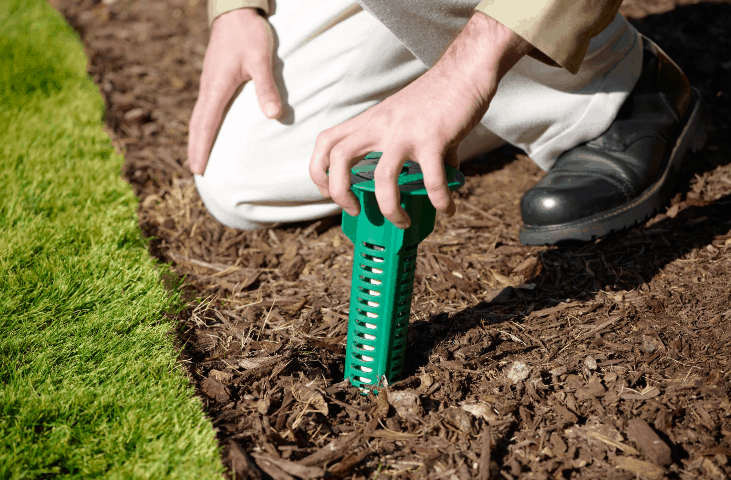
Taking matters into your own hands can be effective if the infestation is caught early and isn’t too severe. Here are some DIY termite control methods you can try:
Soapy Water
Soapy water can suffocate termites by blocking their ability to breathe. This method is simple and uses household items, making it a convenient first step in termite control. Here’s how you can use soapy water:
- Preparation:
- Mix a few tablespoons of dish soap with water in a spray bottle.
- Application:
- Spray the solution directly onto termites and their nests.
- Focus on areas where you’ve noticed termite activity, such as mud tubes or damaged wood.
- Repeat:
- This method requires repeated applications to ensure that you reach all the termites.
- Spray daily until there are no more signs of termites.
Soapy water is most effective for smaller, visible infestations and can serve as a supplementary method to other treatments.
Vinegar Solutions
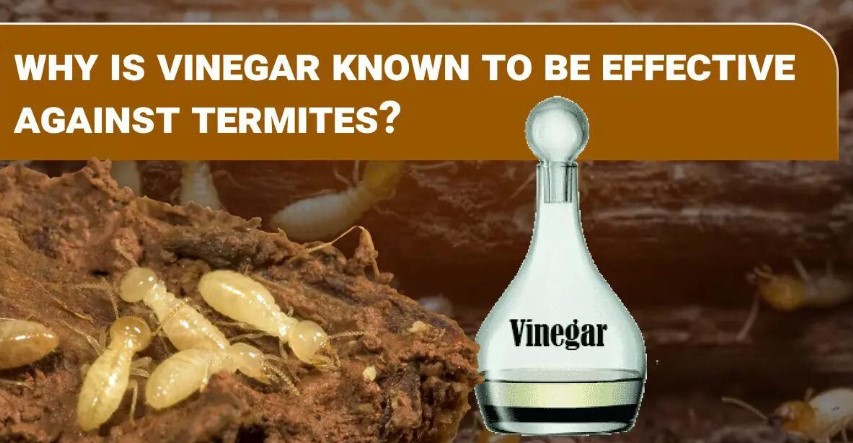
Vinegar mixed with lemon juice is effective for killing termites on contact. This natural remedy is both eco-friendly and easy to prepare. Here’s how to use vinegar solutions:
- Preparation:
- Mix half a cup of vinegar with the juice of two lemons in a spray bottle.
- Application:
- Spray the solution directly into the affected areas.
- Pay special attention to cracks, crevices, and any visible termite paths.
- Repeat:
- Like soapy water, repeated applications are necessary.
- Spray the solution daily until termite activity ceases.
Vinegar solutions are a great non-toxic option for treating minor termite infestations and can help reduce termite numbers.
Orange Oil
Orange oil contains d-limonene, a compound lethal to termites. This essential oil not only kills termites on contact but also helps prevent further infestations. Here’s how you can use orange oil:
- Preparation:
- Purchase pure orange oil from a garden center or online.
- Application:
- Inject the orange oil directly into the infested wood using a syringe or dropper.
- Ensure the oil penetrates deep into the wood to reach all termites.
- Repeat:
- Repeat the treatment every few days until you no longer see signs of termites.
Orange oil is effective for treating drywood termites and localized infestations, providing a natural and pleasant-smelling solution.
Professional Termite Treatments
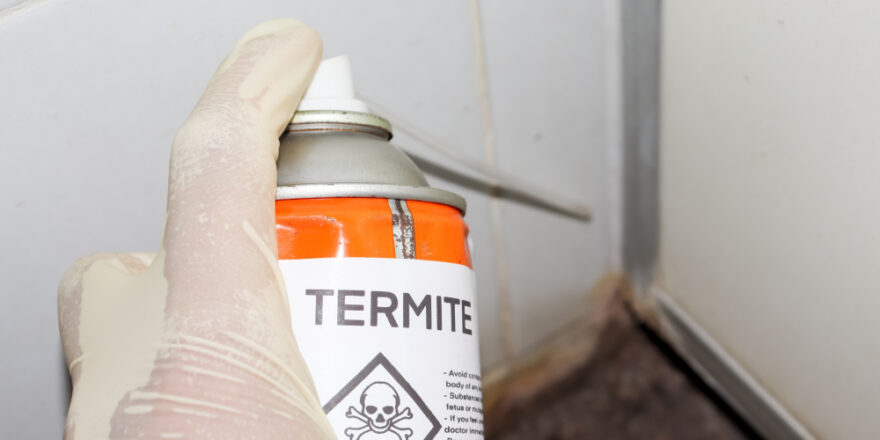
When DIY methods are not sufficient, professional treatments offer more comprehensive solutions.
- Termite Baits:
- Professionals use poisoned baits to attract and kill termites.
- These baits are placed around your home’s perimeter, targeting foraging termites and bringing the poison back to the colony.
- Termiticides:
- Spraying termiticides into cracks and walls is a common method used by professionals to create a barrier that termites cannot cross.
- Heat Treatment:
- It involves using high temperatures to kill termites.
- The infested area is heated to a level that is lethal to termites but safe for the structure.
- Nematodes:
- These microscopic worms are natural parasites of termites.
- They are introduced into the soil where they infect and kill termites.
- Fumigation:
- Termite fumigation is a comprehensive method where the entire structure is sealed and filled with a gas that kills termites.
When to Call a Professional
Recognizing when a termite problem is beyond DIY solutions is crucial. Professionals have the expertise and tools to handle severe infestations effectively.
- Severe Infestations:
- If the damage is extensive and widespread, it’s time to call in professionals. They can assess the situation accurately and implement the most effective treatment plan.
- Expert Assessment:
- Professional inspections can determine the extent of the infestation, including hidden areas that may not be visible to the untrained eye.
- Customized Treatment Plans:
- Pest control experts can provide tailored solutions specific to your home’s needs, ensuring that the infestation is dealt with effectively and efficiently.
Preventative Measures
Preventing termite infestations is always better than dealing with them after they occur. Implementing these preventative measures can help protect your home.
- Routine Inspections:
- Regularly checking your home for signs of termite activity can catch an infestation early before it becomes severe.
- Moisture Control:
- Termites thrive in moist environments.
- Reducing moisture around your home, especially in the basement and crawl spaces, can make it less hospitable for termites.
- Wood Treatment:
- Using treated wood in construction and repairs can help prevent termite infestations.
- Treated wood is less attractive to termites and more resistant to damage.
The Bottom Line
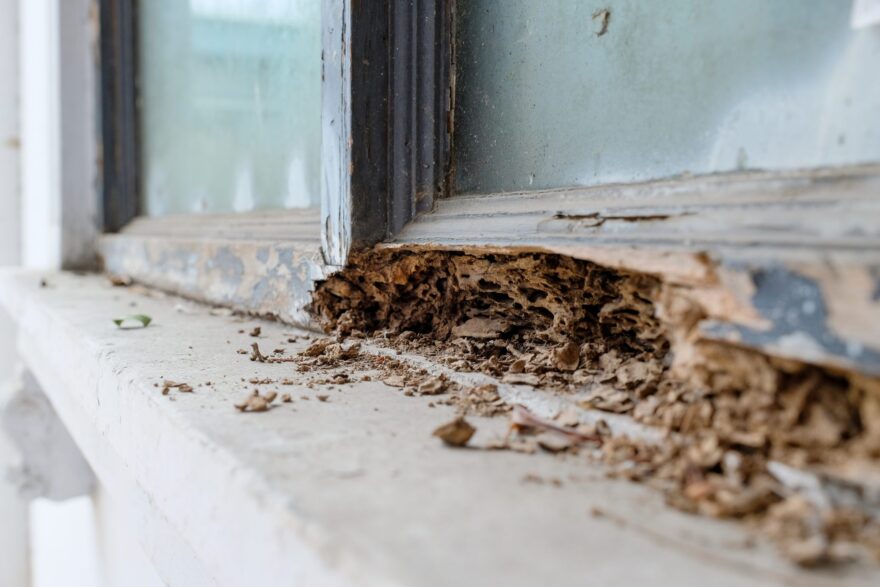
Addressing termite problems promptly is crucial to prevent extensive damage.
Regular maintenance and professional help for severe cases can safeguard your home from these destructive pests.
Related Posts:
- 15 Best Dog Food For Allergies 2024 - Adult, Puppy…
- 20 Best Gaming Headset Under 50$ 2024 - for PC, PS4,…
- 15 Best Dog Food For Pitbull 2024 - Responsible Pet Care
- 12 Best Car Wax For Black Cars 2024 - Protection and…
- 15 Best Gas Grills Under 300 2024 - Propane Grills…
- Top 10 Best Paint Sprayer For Cabinets 2024 -…

